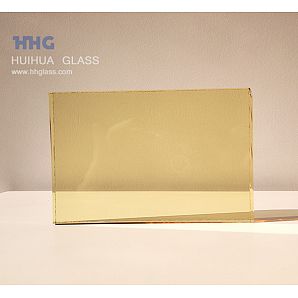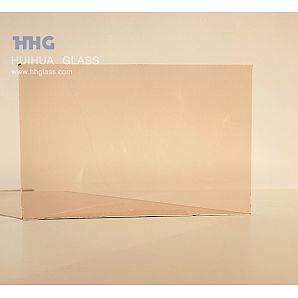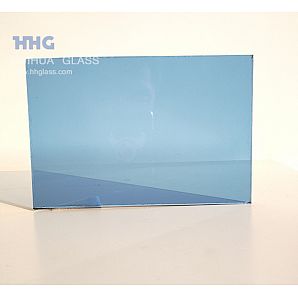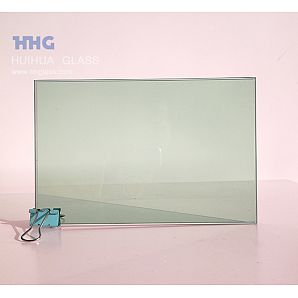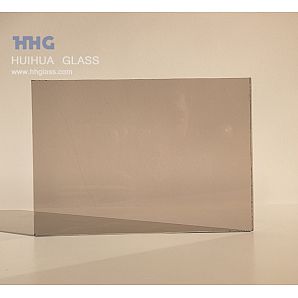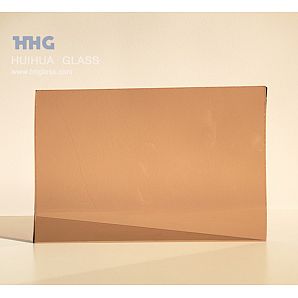Density of glass
The density of glass indicates the mass per unit volume of glass, which is mainly determined by the chemical composition, temperature and thermal history of glass. It is also related to the compactness and coordination number of atom accumulation of glass, which is a sign of the structure of glass.
The density of glass is closely related to its chemical composition. The density of glass composition varies greatly. Among all kinds of glass products, the density of quartz glass is the smallest, 2000 kg / m3, and that of ordinary soda lime silica glass is 2500-2600kg / m3. The density of glass containing PbO, Bi2O3, Ta2O5 and WO3 can reach 6000kg / m3. Even some anti radiation glasses can have a density of up to 8000kg / m3.
The density of glass decreases with the increase of temperature. In general industrial glass, when the temperature rises from 20 ℃ to 1300 ℃, the density decreases about 6% - 12%. In the range of elastic deformation, the decrease of density is related to the thermal expansion coefficient of glass.
The thermal history of glass refers to the experience of glass cooling from high temperature through TF ~ TG area, including the specific conditions such as residence time and cooling speed in this area. The thermal history affects the structure of solid glass and many properties related to the structure. Its effect on glass density is as follows:
(1) When the glass is cooled from high temperature, the density of quenched glass is smaller than that of annealed glass.
(2) The density of glass tends to balance after holding at a certain annealing temperature for a certain time.
(3) The faster the cooling rate is, the more the deviation from the equilibrium density is, and the higher the TG value is. Therefore, the quality of annealing in production can be clearly reflected in the density.
Accidents often occur in glass production, such as formula calculation error, mixture weighing error, raw material chemical composition fluctuation, etc., which can cause the change of glass density. Therefore, glass factories often use density measurement as a means of controlling glass production.



